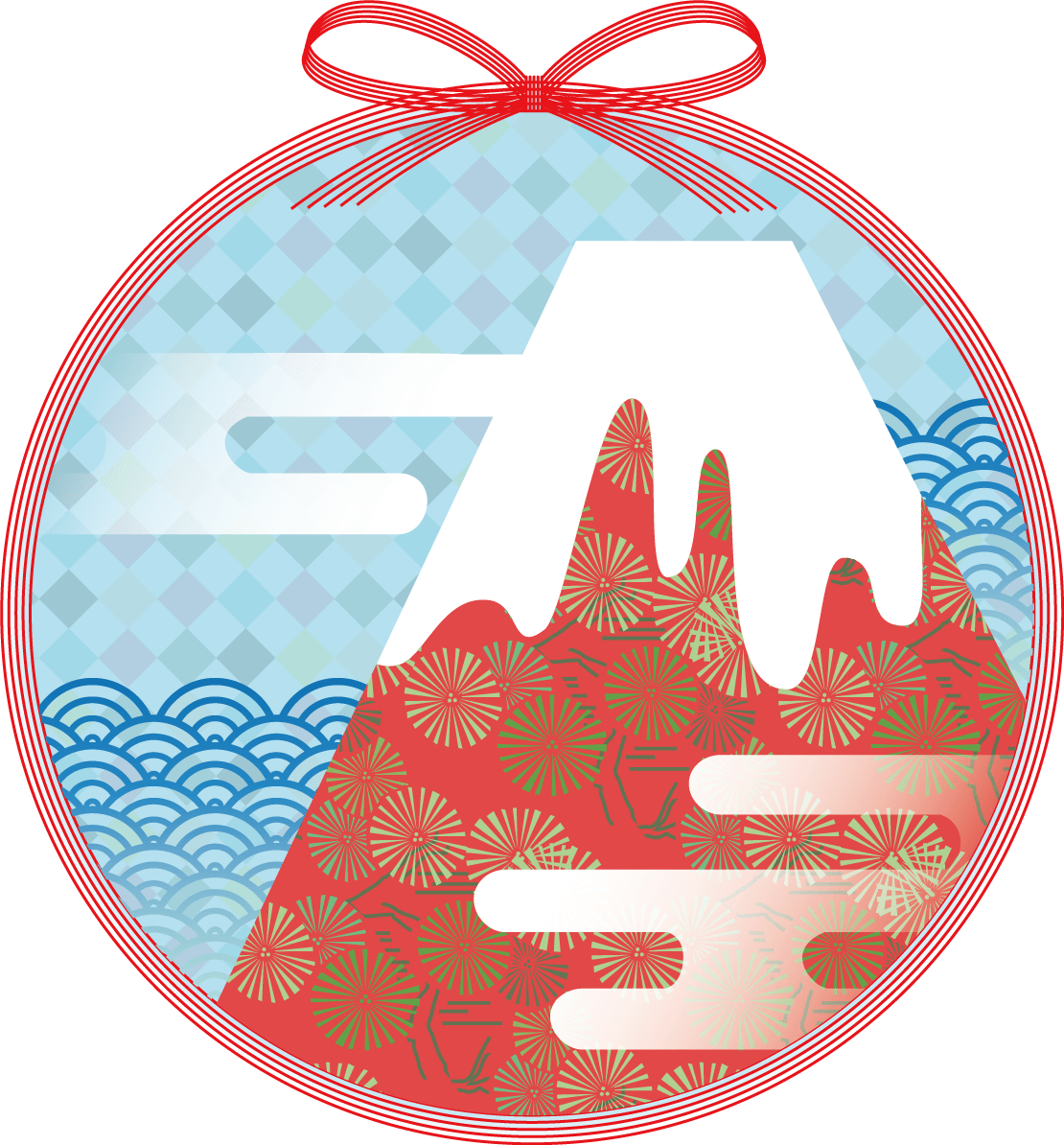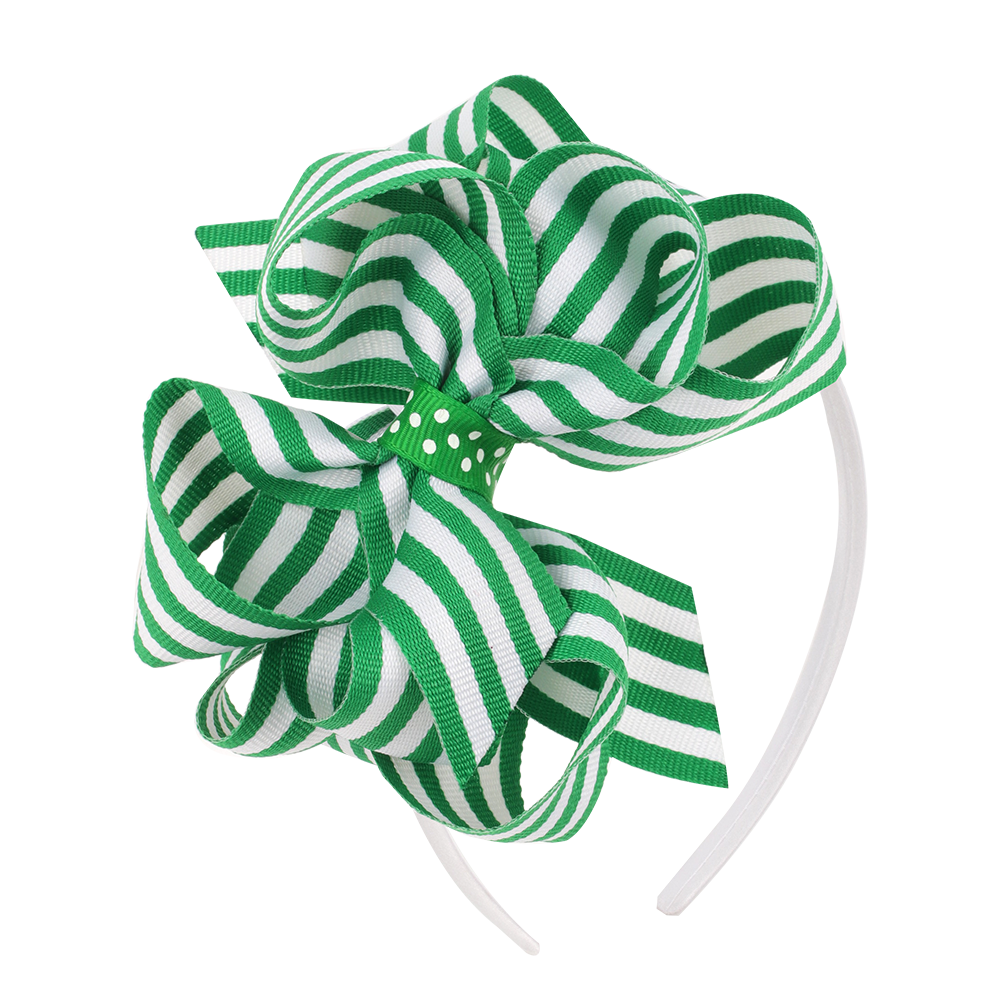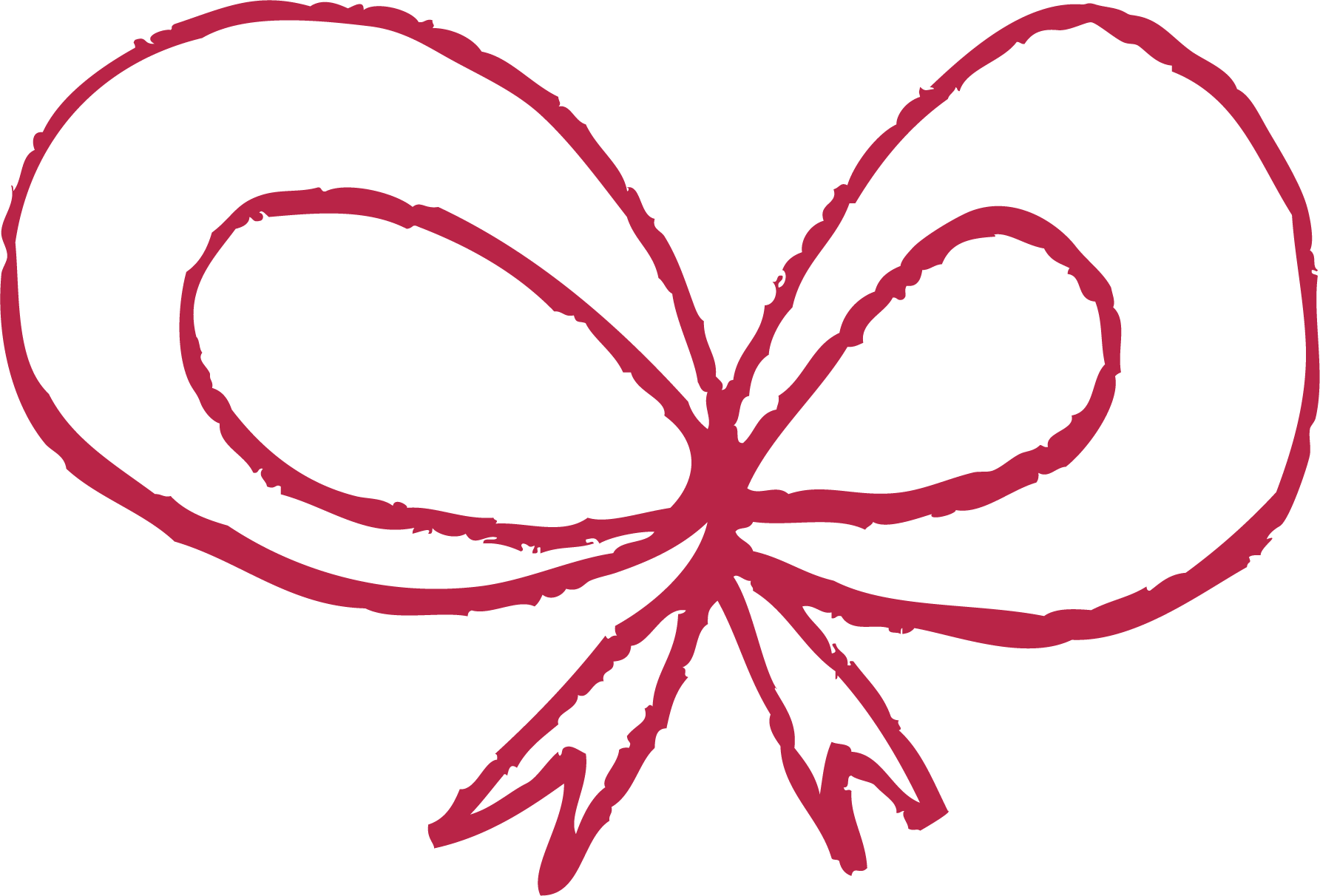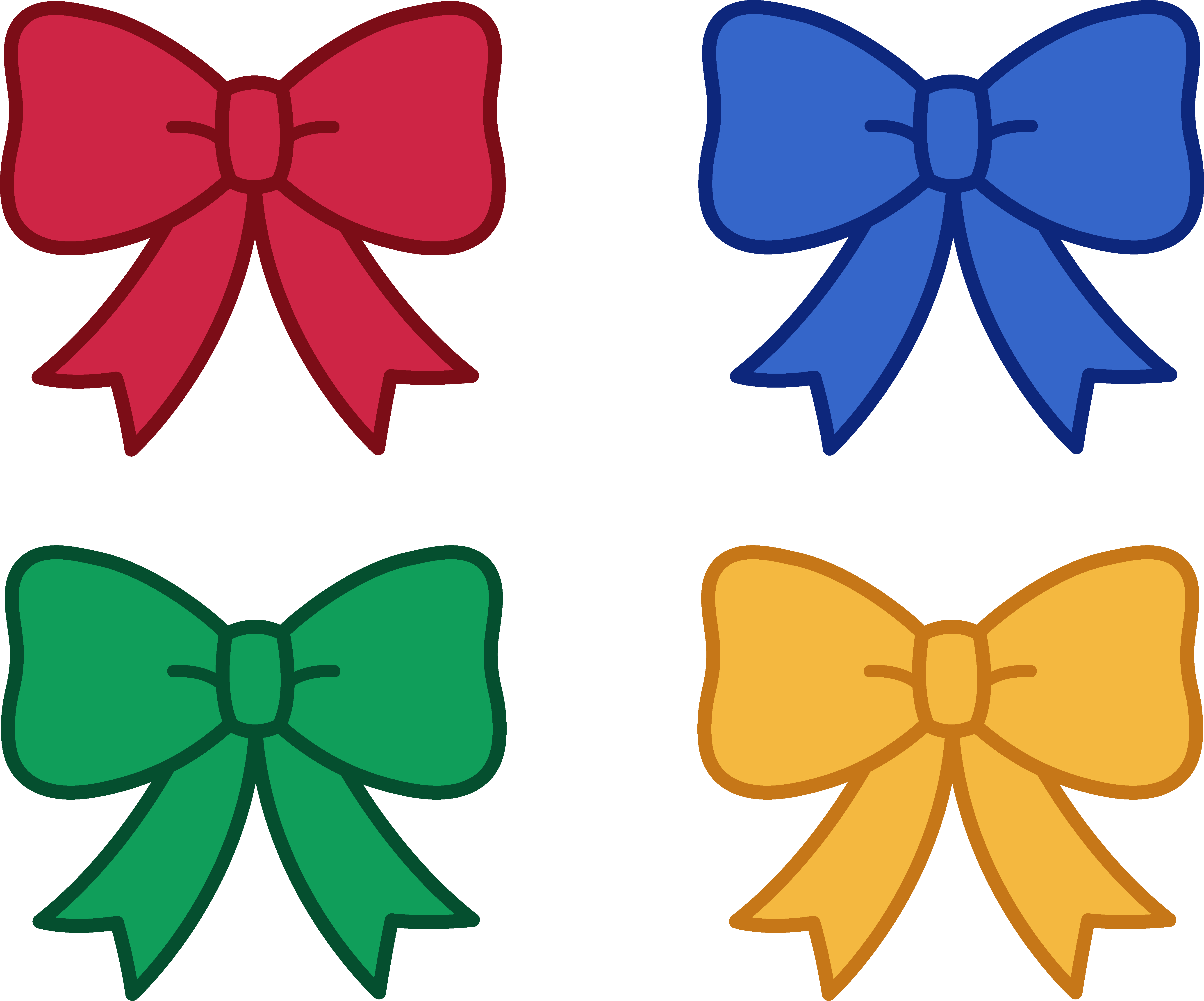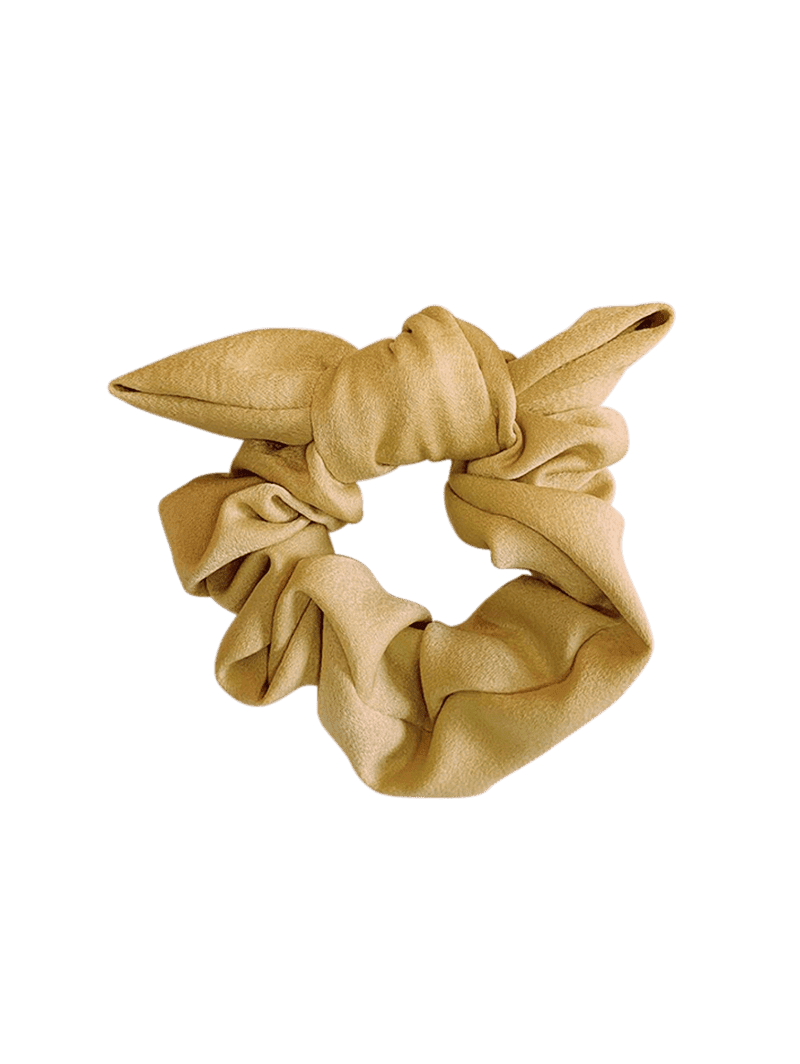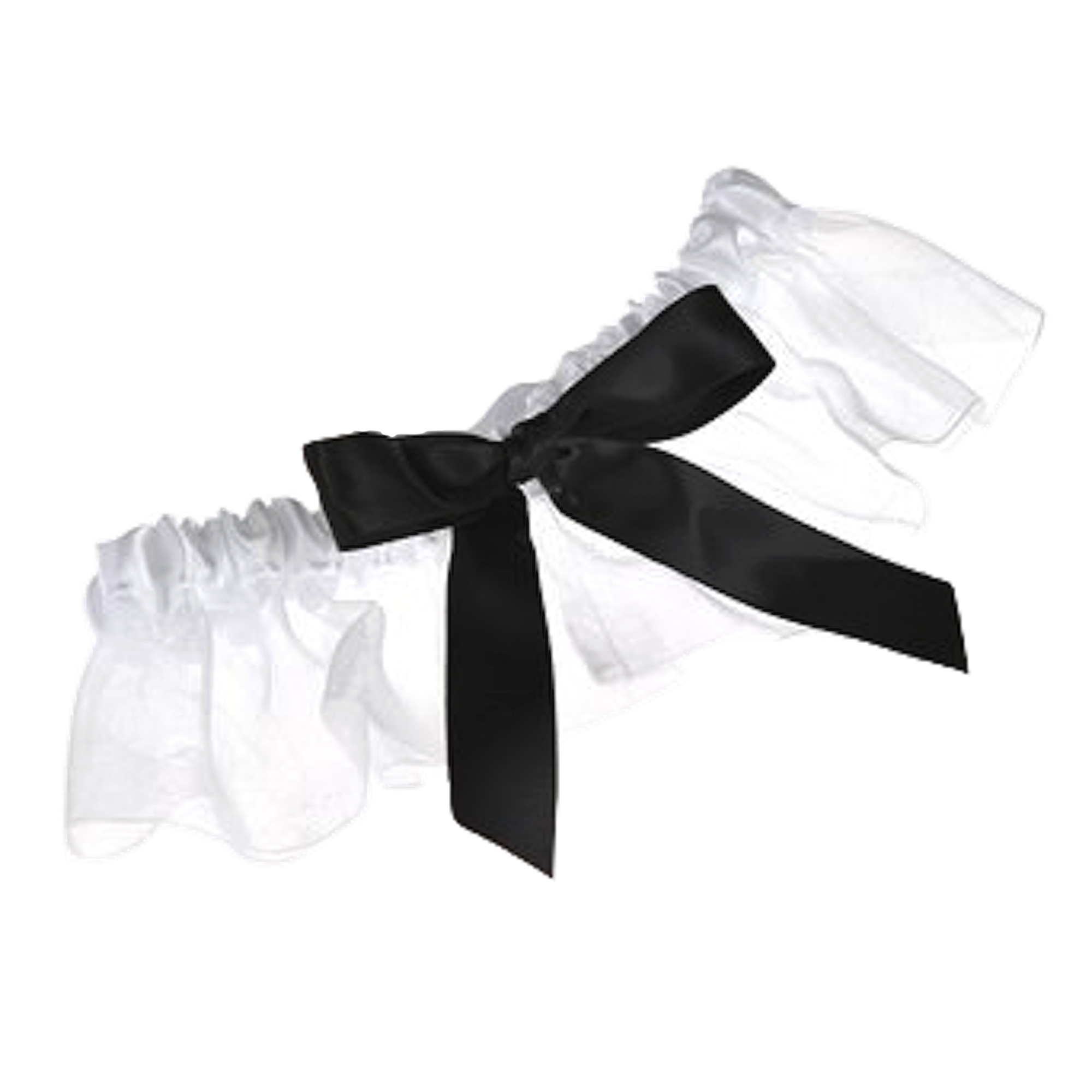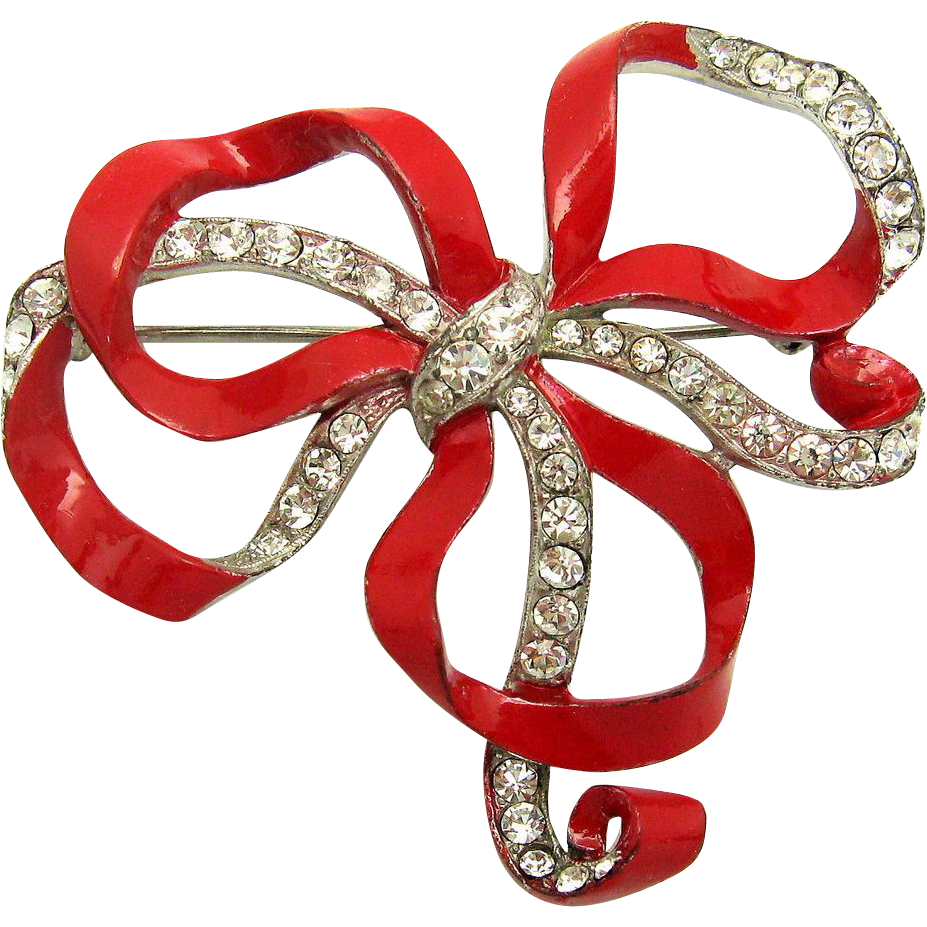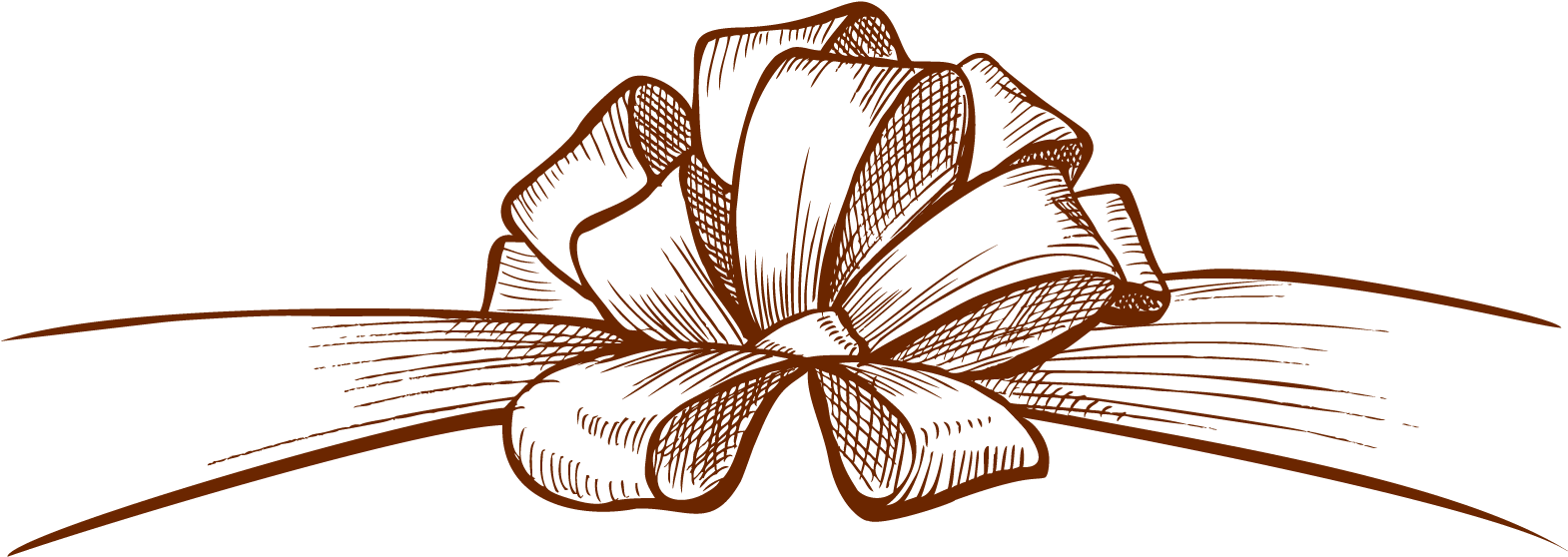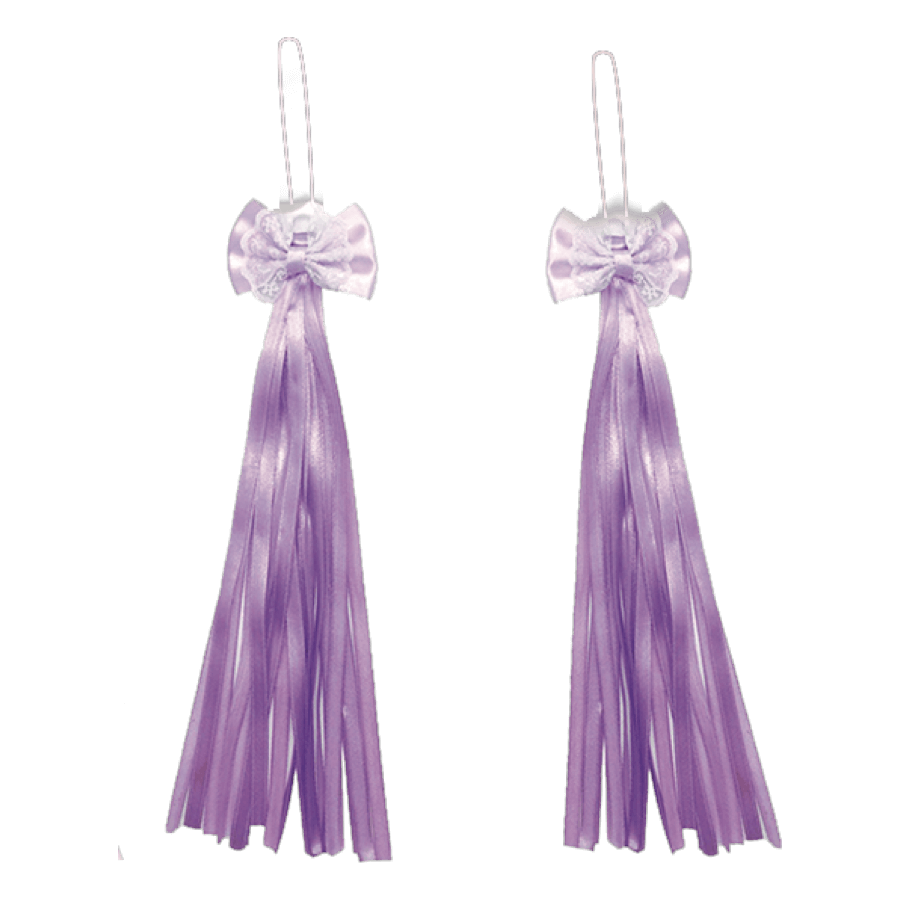Download top and best high-quality free Bowknot PNG Transparent Images backgrounds available in various sizes. To view the full PNG size resolution click on any of the below image thumbnail.
License Info: Creative Commons 4.0 BY-NC
The shoelace knot, often known as the bow knot, is a typical way to tie shoelaces and bow ties.
The shoelace knot is a doubly slipped reef knot made by attaching the ends of whatever you’re tying with a half hitch, folding each exposed end into a loop (bight), then uniting the loops with a second half hitch. When the knot is tied, the size of the loops and the length of the exposed ends are regulated. It has the same level of rigidity as the reef knot but is much easier to untie by simply tugging the ends away from the knot’s center.
When teaching the knot to youngsters, the loops are commonly referred to as “bunny ears.”
There are various ways to tie a shoelace knot; each begins with a half hitch and needs concentration or some sort of habitual mechanism to reach a knot that is an elaboration of the reef (or square) knot rather than the granny (or lubber’s) knot. The bow is appropriately and firmly tied if it is horizontal across the opening; however, if it is vertical, it is prone to slip. Starting with the end of the lace that emerges from the uppermost eyelet on that hand’s side of the shoe in each hand; then passing the dominant hand’s end under the other end, from front to back, and dropping each lace on the opposite side from where it started; and finally, grasping the lace on each side with the hand on that side again (perhaps taking time to note that because each end crossed over the shoe before, the laces hav
The most straightforward method is to make a loop by bending each lace end back toward the closest portion of the same lace, then joining the two loops in another half hitch, as stated before these bullet points.
Another frequent method (particularly for bow ties) is to create a loop at one of the half-ends hitch’s and circle it with the other end, which is then folded into a second loop and pulled through the knot.
Making one loop between the thumb and fingers of each hand and dragging one loop through the other is reported to be the fastest method; speed is said to need muscle memory development through repetition led by a sequence of pictures.
A version of the process involves looping the top half of the knot twice instead of once, resulting in a final bow with the laces wrapped twice around the centre and a nearly identical look. The shoelaces are more firmly knotted with this Double Slip Knot, but they may still be loosened with a (slightly harder) pull on the loose end (s). One version, which is the subject of a US patent, starts with a surgeon knot and is followed by an upper double slip knot. For increased security, lace locking can be installed.
Instead of a square-knot-like bow-knot, two successive right-over-left half knots (or two consecutive left-over-right half knots) generate a far less secure form similar to the granny knot. Asymmetrical slips will be produced in this edition, with one pointing down and the other up.
Bows that need to reduce ling lengths, such as corset tapes, can be tied on top of each other, slipping every other layer, just like it is possible to stack a number of half hitches to create a longer knot – remembering the reverse direction each time – which is equivalent to tying one reef knot on top of another.
Download Bowknot PNG images transparent gallery.
- Bowknot PNG Clipart
Resolution: 1000 × 1000
Size: 833 KB
Image Format: .png
Download
- Bowknot PNG Cutout
Resolution: 2786 × 2469
Size: 191 KB
Image Format: .png
Download
- Bowknot PNG File
Resolution: 1110 × 1194
Size: 196 KB
Image Format: .png
Download
- Bowknot PNG Free Image
Resolution: 1024 × 855
Size: 133 KB
Image Format: .png
Download
- Bowknot PNG HD Image
Resolution: 1000 × 1000
Size: 990 KB
Image Format: .png
Download
- Bowknot PNG Image File
Resolution: 1785 × 1212
Size: 84 KB
Image Format: .png
Download
- Bowknot PNG Image HD
Resolution: 1024 × 1024
Size: 765 KB
Image Format: .png
Download
- Bowknot PNG Image
Resolution: 1600 × 495
Size: 876 KB
Image Format: .png
Download
- Bowknot PNG Images HD
Resolution: 5345 × 4445
Size: 217 KB
Image Format: .png
Download
- Bowknot PNG Images
Resolution: 800 × 1064
Size: 374 KB
Image Format: .png
Download
- Bowknot PNG Photo
Resolution: 2000 × 2000
Size: 1320 KB
Image Format: .png
Download
- Bowknot PNG Photos
Resolution: 1000 × 1000
Size: 822 KB
Image Format: .png
Download
- Bowknot PNG Pic
Resolution: 927 × 927
Size: 1172 KB
Image Format: .png
Download
- Bowknot PNG Picture
Resolution: 1570 × 558
Size: 92 KB
Image Format: .png
Download
- Bowknot PNG
Resolution: 1200 × 1596
Size: 401 KB
Image Format: .png
Download
- Bowknot Transparent
Resolution: 2448 × 2448
Size: 960 KB
Image Format: .png
Download
- Bowknot
Resolution: 1000 × 1000
Size: 1005 KB
Image Format: .png
Download
- Bowknot Background PNG
Resolution: 900 × 900
Size: 137 KB
Image Format: .png
Download
- Bowknot No Background
Resolution: 922 × 1334
Size: 1010 KB
Image Format: .png
Download


